Need help with succession planting
kitkat_oregon
15 years ago
Related Stories
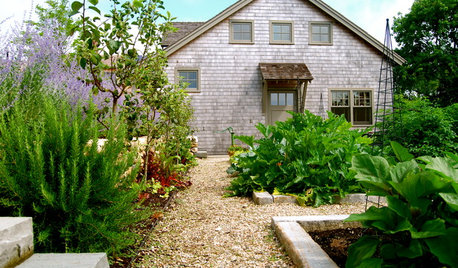
GARDENING GUIDESThe Simple Secret to Gardening Success
Learn the kinds of soil and a DIY type test to make sure you’re putting the right plant in the right place
Full Story
INSIDE HOUZZTell Us Your Houzz Success Story
Have you used the site to connect with professionals, browse photos and more to make your project run smoother? We want to hear your story
Full Story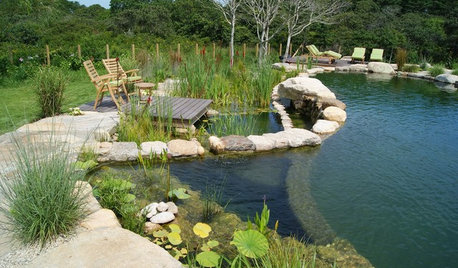
LANDSCAPE DESIGNSecrets of a Successful Water Garden
Relax. Having a water garden is much easier once you understand the basics
Full Story
ARCHITECTUREHave It Your Way — What Makes Architecture Successful
Universal appeal doesn't exist in design. The real beauty of any home lies in individualization and imagination
Full Story
FURNITURE10 Secrets of Successful Secondhand Furniture Shopping
Design professionals offer tips on how, where and what to buy
Full Story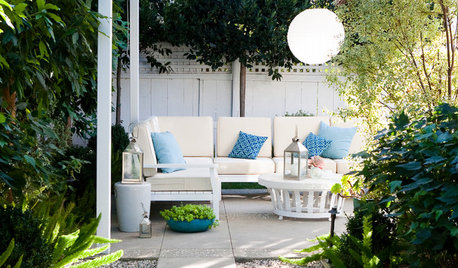
LIFEFall Planning for a Successful Big Spring Party
Get started now on assessing, completing home projects and cleaning to keep party stress and effort to a minimum come spring
Full Story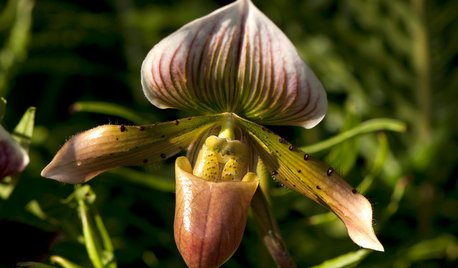
HOUSEPLANTSOrchids 101: Slipper Orchid Success
If you don’t already love Paphiopedilums, learning how to grow them with ease might change your mind
Full Story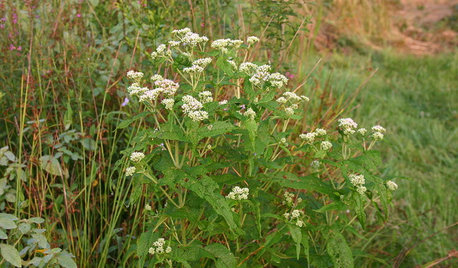
GARDENING GUIDESGreat Design Plant: Common Boneset Helps Good Bugs Thrive
Support bees, moths and butterflies with the nectar of this low-maintenance, versatile and tactile prairie-style plant
Full Story
LANDSCAPE DESIGNHow to Help Your Home Fit Into the Landscape
Use color, texture and shape to create a smooth transition from home to garden
Full Story
GARDENING AND LANDSCAPINGBe a Citizen Scientist to Help Wildlife, Learn and Have Fun Too
Track butterflies, study birds, capture stars ... when you aid monitoring efforts, you’re lending Mother Nature a hand
Full StorySponsored







thinman
diggerdee zone 6 CT
Related Professionals
Edmond Landscape Architects & Landscape Designers · Citrus Heights Landscape Architects & Landscape Designers · Bridgetown Landscape Architects & Landscape Designers · Carson Landscape Architects & Landscape Designers · Sahuarita Landscape Architects & Landscape Designers · Lakeland Landscape Contractors · Berwyn Landscape Contractors · Camp Verde Landscape Contractors · Cordele Landscape Contractors · Lexington Landscape Contractors · Merced Landscape Contractors · New Berlin Landscape Contractors · Point Pleasant Landscape Contractors · Santa Ana Landscape Contractors · Hawaiian Gardens Landscape Contractorsthinman
kitkat_oregonOriginal Author
thinman
diggerdee zone 6 CT
kitkat_oregonOriginal Author
thinman
teresa_b
kitkat_oregonOriginal Author
annebert
kitkat_oregonOriginal Author
steve22802
flower_farmer
steve22802
flower_farmer
flowers4u
steve22802